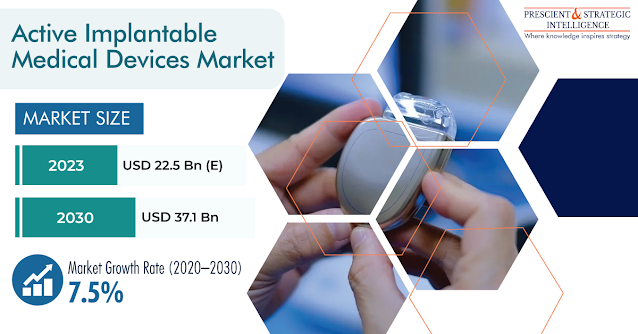In 2021, the cryogenic pump market size stood at USD 1,407.6 million, which is projected to witness a 3.1% CAGR during 2021–2030, reaching USD 1,860.1 million by 2030.
P&S Intelligence majorly credits this growth to the increasing installation of such pumps in the metallurgy, chemicals, and electronics sector. Along with, the surge in expenditure throughout the energy generation industry armed with the shift toward energy production from renewable and natural gas resources to reduce carbon emission.
The nitrogen category is all set to experience the fastest growth rate of approximately 3%, in the near future. This can be owed to the extensive utilization of nitrogen gas for the maintenance of plants, and start-up and shutdown provisions of refineries and petrochemical companies.
Thus, the increasing utilization of nitrogen gas in numerous industries, including metallurgy, healthcare, and oil and gas, is escalating the acceptance of cryogenic pumps for capturing the gas and its vapor from the base.
The oil and gas sector is the largest utilizer of cryogenic pumps in the industry, owing to the increasing production of natural gas because of its rising demand from the special chemical, petrochemical, fertilizer, and refining industries.
In 2021, APAC cryogenic pump market was largest revenue generator, with USD 538.2 million, and projected to continue its dominance in the future as well. This can be credited to the rapid urbanization; the growth in industries, including energy & power and metallurgy in Japan, China, and India, and the escalation in the requirement for power across the region. Additionally, in India, the government is preparing to guarantee a 24*7 electricity supply.
In order to get this target, the country needs to improve its energy generation systems. Therefore, the government is focusing more on natural gas-fired power plants, which, indeed, will grow the demand for cryogenic pumps in the coming few years.
Hence, the increasing installation of such pumps in the metallurgy, chemicals, and electronics sector, the demand for cryogenic pumps will increase in the future.


















